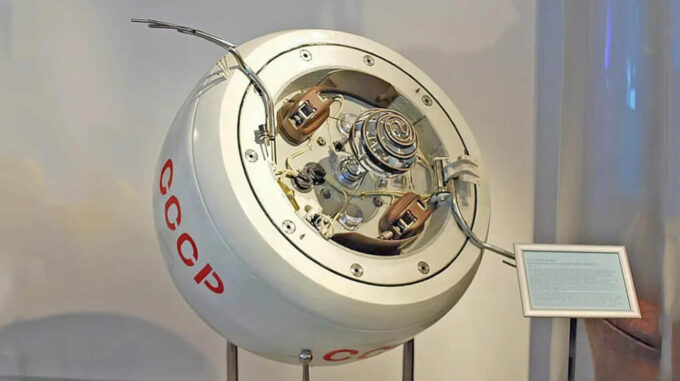The story of nearly half a century of research in the Indian Ocean has come to an end: the USSR station, launched back in 1972, has officially disappeared from radar screens after its apparatus entered the dense layers of Earth’s atmosphere and fell into the waters of the Indian Ocean

According to official information obtained from the Russian space agency "Roscosmos," on May 10th, the spacecraft "Kosmos-482" was detected in the Indian Ocean. This satellite was created over half a century ago with the purpose of studying Venus. Its launch took place in 1972, and since then, it has participated in numerous Soviet scientific space missions. However, due to critical technical malfunctions, including a failure of the booster block, the spacecraft never achieved its planned orbit for planetary research. Instead, it remained in a high elliptical orbit around Earth, gradually approaching our planet. Reports state that at 09:24 Moscow time, the rocket object entered the dense layers of the atmosphere, resulting in its ignition and disintegration. This occurred 560 kilometers west of Middle Andaman Island, in the area located west of Indonesia’s capital—Jakarta. As a result, the apparatus disintegrated and fell into the waters of the Indian Ocean, marking the end of its long journey. Russian specialists have confirmed that "Kosmos-482" ceased to exist, having de-orbited and fallen into the ocean. This was a logical conclusion to the long voyage of the space object, which, since launch, had failed to fulfill its primary goal — the investigation of Venus due to technical failures. This event once again drew public and expert attention to the problem of space debris and the dangers posed by outdated technology returning to Earth after years in space. Notably, the fact that, after more than five decades since its launch, the object has again returned to our planet generated particular interest. Experts warn that such reentries could pose potential threats to residents of densely populated areas. A massive object weighing around 500 kilograms could reach speeds of several hundred kilometers per hour, and its impact could pose significant risks to life and property. It is noted that in May 1972, the Soviet space probe was launched as part of a program dedicated to studying Venus. From an initial intention to explore another planet, it turned into a historical record of failure, as technical malfunctions left it in orbit. Only now, more than fifty years later, has it returned home, bringing its long and complex journey through space to an end. This event underscores the importance of diligent monitoring of aging space debris and the need to develop technologies for safely de-orbiting such objects. Many of them continue to pose threats to modern space missions and, ultimately, to human safety on Earth—especially if their fragments fall into densely populated areas.

